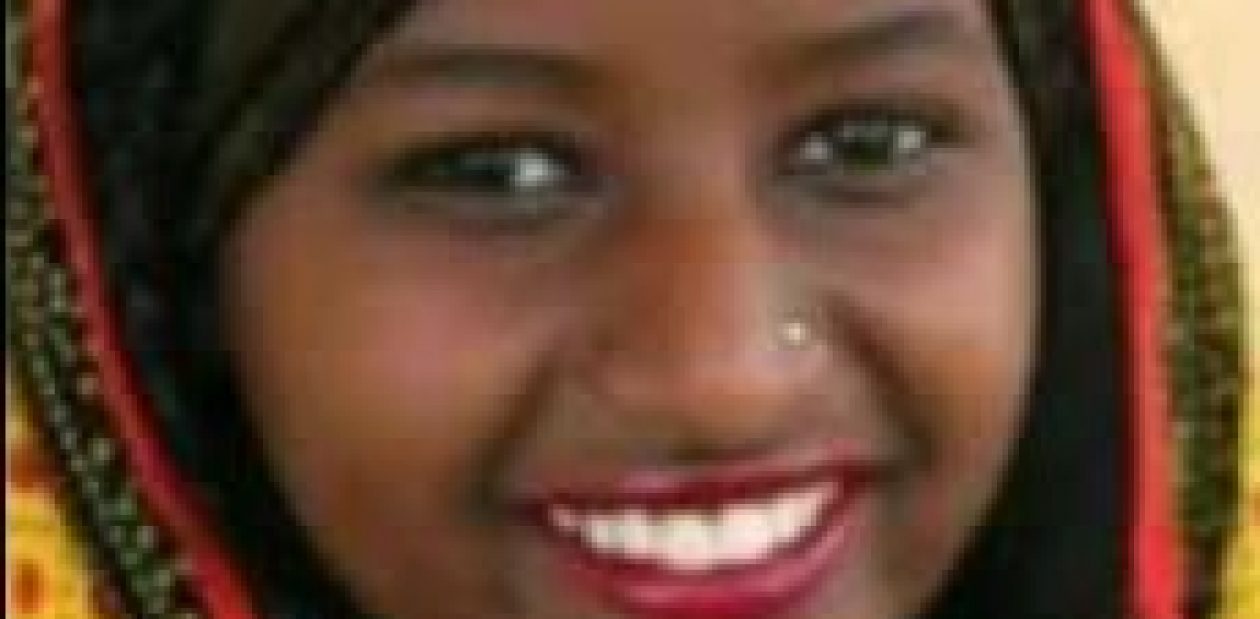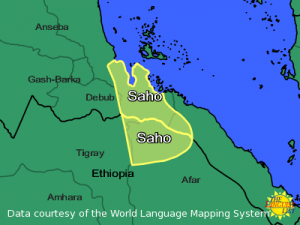Saho Language:
Saho language is one of the Kushtic languages of the ancient Kushite people. The Kushites spoke languages of the Kushitic branch of the Afro-Asiatic (previously known as Hamito-Semitic) family. The Kushites are the indigenous peoples of the present day Eritrea, Sudan, Ethiopia, Somalia and Kenya. The history of over 5000 years of Kushitic civilization is preserved through the interconnections of Kushitic culture and languages. The Kushitic languages are divided into 3 major subgroups. These include: (a) East Kushitic languages (Saho, Afar, Somali and Sidama), (b) Central Kushitic or Agaw language (such as Bilen ), (c) South Kushitic languages in Kenya and Tanzanya. According to linguistics, the Kushites spoke historically closely related dialects of the same language and they all shared a common cultural heritage.
Historians and anthropologists as yet to accurately determine the exact archeological time in which Kuchitic languages started to split until they become separate languages as known in modern times. According to Bender and most scholars, the split of the Saho language from the rest of the East Kushitic language took place about four thousand years ago. It is believed that this split happened slowly and gradually over many centuries. Thus, Saho speaking ancestors started to become a separate ‘linguistic and ethnic group’ about four thousand years ago.
Saho language is mainly spoken in territories bounded by the bay of Idhafale in the east of Eritrea, the Laasi Ghedé valleys in the south, the Eritrea highlands to the west (Akele-Guzai, Shimezana) as well as in borders with Tigre on the west of Eritrea. It is also spoken in Ethiopia mainly in Tigray Region.
Saho language has four main dialects: Tarua, Assawurta, Minifre, and Irob.
Although there is no reliable accurate statistics so far, it is believed that Saho is spoken by over 320,000 speakers.
Relationship between Saho & Afar language:
“The Afar & Saho have over 70% of linguistic relationships and they can communicate easily with each other without any difficulty”. (Abdulkader S. Mohammed, 1977 p8)
“The Afar & Saho share a large number of words with the same meaning, cognates are usually closely related. This is because once people speaking a common language have become socially or geographically separated (…). But some words are more resistant to borrowing than others, that means they hare less subject to change over time. In East-Cushitic languages, such words include those for universal concepts [eat, drink, rain, sky, Sun, moon, Star, Earth, cattle, etc..] and basic parts of human body”. M Nuuh Ali (1985: 21-22).
According to Leo Reinisch, (1886:795) that the Afar & Saho are not two languages but the same language. The structure & grammatical forms are the same one language. And this lies in their geographical location and isolation especially by the Saho in the highlands who kept the language.
Herbert S. Lewis (1966:42) assumes that Afar & Saho have evidently been in their area long enough to have diverged into two closely related but distinctly different languages.

